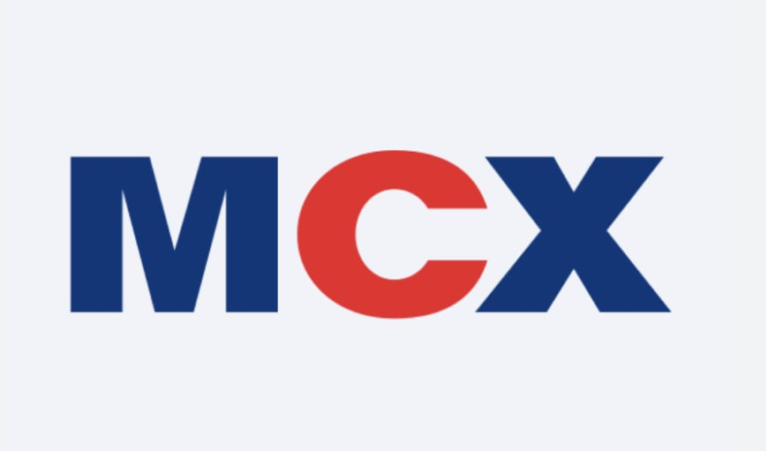Exploring the World of NEMT Transportation: Services, Challenges, and Solutions
Non-emergency medical transportation (NEMT) is a critical component of the healthcare system, creating a bridge between patients and essential medical services.
This article explores the multifaceted world of NEMT, dissecting its services, the challenges it encounters, and the innovative solutions shaping its future.
Overview of NEMT Services
NEMT encompasses a range of services catering to patients with diverse healthcare access needs.
Services include door-to-door transportation, stretcher service, wheelchair-accessible vehicles, and ambulatory transport.
Each service is tailored to meet specific patient requirements, ensuring individuals with limited mobility or chronic conditions can attend regular healthcare appointments. This type of inclusivity is fundamental to the effective functioning of the healthcare system. It ensures all patients have access to necessary medical care regardless of their physical capabilities.
The importance of NEMT services extends beyond individual patient benefits. By facilitating regular medical visits, NEMT plays a crucial role in preventative care, reducing the occurrence of medical emergencies and hospital readmissions.
This improves patient health outcomes and alleviates the financial burden on the healthcare system by minimizing the need for more costly emergency care.
Key Challenges in NEMT
Despite its importance, the NEMT sector faces numerous obstacles.
First, scheduling is a significant issue, coordinating many appointments while ensuring timely and efficient service.
Secondly, maintaining cost efficiency is vital, as operational costs can be high, and many NEMT providers run under tight budgets.
Finally, ensuring patient safety remains a top priority, particularly ensuring appropriate hygiene and comfort during transport.
Each challenge has a tangible impact on the quality and accessibility of NEMT services. Inefficient scheduling can lead to delays and missed appointments, directly affecting patient health.
High operational costs may limit the availability of services, especially in rural or underserved areas. Concerns over patient safety can erode trust in NEMT services, deterring patients from utilizing them.
Technological Solutions for NEMT
In response to these challenges, innovations in NEMT technology emerge as helpful solutions.
Advanced NEMT scheduling software and mobile applications are revolutionizing how NEMT providers manage appointments. These tools enable dynamic scheduling, accommodating last-minute changes, and optimizing routes for efficiency.
GPS tracking and vehicle monitoring systems enhance route planning, reduce fuel consumption, and ensure patient safety by providing real-time vehicle location and status updates.
Beyond operational efficiencies, technology is enhancing the patient’s experience. Features like real-time tracking and estimated arrival times increase patients’ peace of mind.
Electronic health record (EHR) integration ensures seamless communication between healthcare providers and transport services, further personalizing and improving the quality of care.
Policy and Regulation Impact
Government policies and regulations are pivotal in shaping the landscape of NEMT.
Regulations ensure standardization across services, mandating quality and safety measures that providers must adhere to. This regulatory framework is evolving, trending towards more stringent oversight and quality assurance measures.
The regulatory landscape is expected to integrate more with the broader healthcare system. This integration might include more comprehensive reimbursement policies under health insurance structures, encouraging wider adoption of NEMT services.
Additionally, regulations may increasingly focus on environmental sustainability, with a more significant push to adopt more eco-friendly vehicles and practices within the NEMT sector.
The Future of NEMT Transportation
NEMT’s future is marked by innovation and adaptation.
Key trends indicate a shift towards more value-based care and patient-centric services, where the patient experience is at the forefront of service design and delivery.
Technological advancements, such as integrating artificial intelligence (AI) and machine learning, will likely play a significant role in this transformation.
Employing AI will help increase predictive analysis, enhancing scheduling efficiency by anticipating patient needs and optimizing routes. These advancements would lead to a more personalized and responsive NEMT service.
Another emerging trend is the integration of NEMT with broader transportation networks.
This could involve partnerships with public transit systems and private transportation companies, creating a more interconnected and efficient transportation network for healthcare access. Such integrations could significantly expand the reach of NEMT services, making them more accessible to a broader population.
The advancement of autonomous vehicle technology could revolutionize NEMT services. Autonomous vehicles have the potential to enhance safety, reduce operational costs, and increase accessibility. While there are regulatory and technological hurdles to overcome, the prospect of self-driving NEMT vehicles provides an intriguing glimpse into the future of healthcare transportation.
What’s next?
NEMT is a vital component of the healthcare ecosystem, serving as a crucial link between patients and their medical needs. Its role is not just about transportation; it’s about enabling access to healthcare, improving patient outcomes, and enhancing the overall efficiency of the medical system.
The challenges faced by the NEMT sector are significant, but they are being met with innovative technological solutions and adaptive strategies that promise a more efficient, safe, and responsive future.
As we look ahead, the continuous improvement and adaptation of NEMT services will be imperative in meeting the evolving needs of healthcare systems and patients.
With technological advancements, supportive policies, and a focus on sustainability and patient-centered care, the future of NEMT transportation is poised to be more integrated, effective, and necessary than ever before.
This evolution will ensure that transportation barriers do not hinder access to essential healthcare, ultimately leading to a healthier population.



